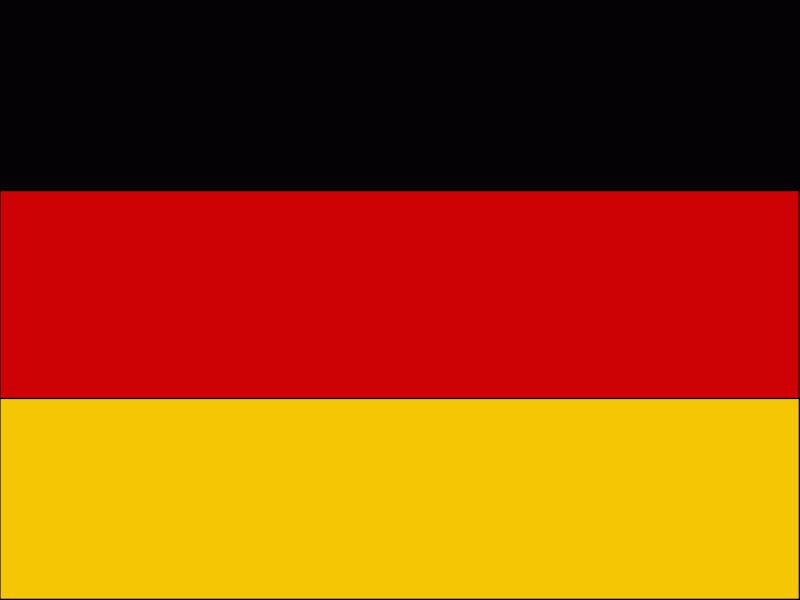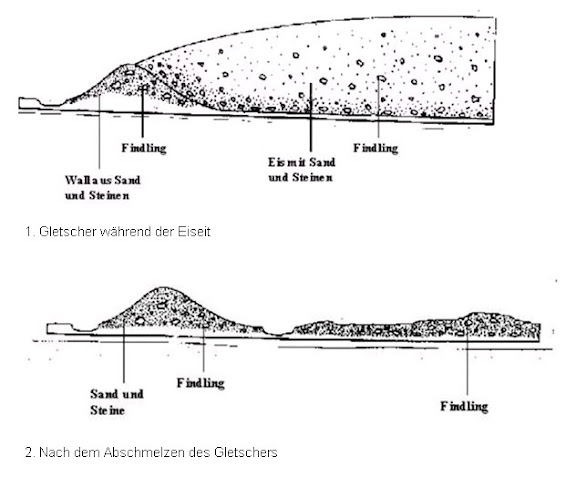
Auf dem Siriuskogel, einem kleinen Berg (599 m) im Zentrum des Ischler Beckens im Salzkammergut, findet man den sogenannten „Einsiedlerstein“ oder „Hexenstein“. Dabei handelt es sich um einen zweigeteilten erratischen (ortsfremden) Dolomitblock (auch „Findling“ genannt), der vom Ursprungsgebiet des Traungletschers zu seinem heutigen Standort transportiert wurde und nach dem Abschmelzen liegen geblieben ist. Findlinge sind nicht mit Wackelsteinen zu verwechseln, die durch Verwitterung entstanden sind. Der Einsiedlerstein ist in diesem Gebiet der einzig bekannte erratische Dolomit. Der Einsiedlerstein ist ca. 5 Meter hoch, nimmt eine Fläche von ca. 50 m2 ein und tritt als stark verwittertes Sediment-Gestein in Erscheinung. Findlinge gehören zu den sogenannten „abgelagerten Moränen“ (Moränen die abgelagert, danach jedoch nicht mehr bewegt wurden) und nicht zu den „Wandmoränen“ (Moränen, die vom Eis bewegt wurden). Findlinge spielen eine wichtige Rolle in der glazial-geomorphologischen Forschung, da sie Aufschluß über Vergletscherung, Reichweite von Gletschereis, Fließrichtung etc… geben.

Abbildung: Transport und Ablage von Findlingen
Während der letzten großen Eiszeit („Würm“ Eiszeit) war der Traungletscher der östlichste Alpen-Gletscher, der noch bis an den Rand der Alpen bzw. ins Flachland hinaus reichte. Die vielen Salzkammergutseen (Traunsee, Attersee,…) sind durch diesen Gletscher entstanden und geben dieser Landschaft heute einen ganz besonderen Reiz.
Abbildung: Größte Ausdehnung des Traungletschers im "Hochglazial" (Van Husen)
Der Traungletscher erreichte vor ca. 18 000 Jahren seinen Höchststand. Zu dieser Zeit war er bis zu 2400 m hoch. Danach begann der relativ rasante Rückzug, welcher allerdings immer wieder unterbrochen wurde und wo auch erneut kleine Vorrückungen stattfanden. Diese Unterbrechungen der Abschmelzphase nennt man auch „Stände“ (jeder Traungletscher-Stand hat hier einen eigenen Namen). Während der Abschmelzphase wurde auch der Einsiedlerstein an seinen heutigen Ort zurückgelassen. Die letzten Reste des Traungletschers sind heute die bekannten Gletscher des Dachsteinmassivs (Dachstein-, Hallstätter- und Schladminger-Gletscher) und gelten als die östlichsten Gletscher der gesamten Alpen.
Der Einsiedlerstein befindet sich unmittelbar neben dem öffentlichen Wanderweg auf den Siriuskogel (ca. 10-15 Gehminuten vom Tal) und ist relativ leicht zu erreichen.
Für die Logerlaubnis sind folgende Fragen zu beantworten bzw. Aufgaben zu lösen:
1. Welche Farbe hat der Stein und wie unterscheidet sich dieser deswegen von den dort üblichen Hallstätter –Trias-Kalken?
2. Welche Stellen des Steins sind besonders stark verwittert?
3. In welcher Phase des Traun-Gletscher-Rückzuges wurde der Stein vermutlich an dieser Stelle abgelegt? Nenne die beiden Gletscher-Stände und die dazughörigen Zeitperioden (vor wie viel Jahren ca.) ?
4. Aus welcher Himmelsrichtung wurde der Stein hierher tranportiert?
5. Wie hoch bedeckten damals die Eismassen das Trauntaul im Ischler Bereich.
6. Weshalb zerfiel der Stein im Laufe der Zeit in 2 große Teile?
7. Wie könnte der Stein aus der Vogelperspektive aussehen? Fertige dazu eine entsprechende Skizze an, die den Stein von oben zeigt (inklusive seiner Abmessungen (Länge, Breite) und in Relation zum Wanderweg auf den Siriuskogel und den Himmelsrichtungen). Visualisiere dabei die stark verwitterten Stellen des Steins. Uploade die Skizze zu deinem Logeintrag dazu.
Es wäre toll, wenn ihr ein Foto von euch oder eurem GPS mit dem Einsiedlerstein mit hochladet. Das ist aber optional. Die Antworten sind an mich zu senden. Bitte nicht auf die Logerlaubnis warten. Ich kann auf Mails nicht immer gleich antworten (kann bis zu 2 Wochen dauern).